Talking heads: Your guide to script writing + shooting video content
I remember scrolling through my TED news feed or lurking the depths of YouTube’s endless vortex of thought-leadership content, never really appreciating the time, effort and planning involved in developing compelling content.
With video being the most consumed and easily digestible content type out there, often it’s hard knowing where to start with your own video content plan.
Transcript
Hi I’m Kath, Head of Creative + Social at Webprofits, and today I’ll be sharing insights on how we plan and develop compelling video content for our own marketing.
For most of us, the opportunity to speak to camera and share our ideas is something that in theory, is easy, but in reality, presents with it a host of challenges that bring up road blocks rather than readiness.
Whether it’s for your own personal branding or video content you’re looking to create for team members within your company, you’ll want to ensure there’s a scalable and sustainable process in place to keep things as fresh and consistent as possible.
That’s’ why I’ve decided to share a few core considerations you’ll need before developing and shooting a script that you hope will mean something to someone out there.
Step 1 – Be relatable and relevant
This is where it all begins. The following are the five considerations I’d say will be the most valuable for you, when looking to plan or structure your script.
- The topic – Brainstorm 3 topic ideas you believe will matter most to your target audience and share them with someone you trust for constructive feedback. From these, select the one that will matter most to talk to (this time round) and reverse engineer the title to suit their most pressing concerns around this subject.
- Determine your target audience – who are they and where do they mostly consume video content? Is it Facebook, Instagram, YouTube? Know where they’re spending their time and customise your content to suit this. Keep in mind, 200 words will usually take up 1 minute of time, so keep this in mind, especially when factoring in which platforms you plan to stream this content from.
- Feel their pain – What is their issue or challenge they’re facing and how do you (or your company) present the resolution needed to address said challenge?
- Carve your key message – what is the main takeaway audiences will gain from your video?
- Speak their language – is your subject techy, creative, or something else? Make sure the language you use in your script reflects the type of information you’re aiming to put out there, whilst remaining true to who you are and the audience you’re seeking to engage.
Step 2 – Building a killer script
A killer script will typically follow a similar structure to a written essay, with elements of your own personality shining through the mix. My recommended approach? Break it down into the following sections, to ensure your words have structure supporting them:
Your intro
- Introduce yourself and what you do or specialise in.
- Ask a question that introduces the problem in a thought-provoking way.
- Outline what audiences will take away from this video and WHY it will improve their respective scenarios.
Your body
- Introduce points relating back to your core topic (usually there will be 3-5).
- Break each point into its own paragraph and ensure each point ties back to the main topic you introduced at the beginning of your video.
Your outro
- Wrap up your message in relation to your introductory topic.
- Specifically list core messages, in a succinct manner.
- Your last sentence should directly sign off, with a call to action asking for engagement or feedback on what you’ve just shared
Step 3 – Body language matters
As we all know, actions speak louder than words and on camera, your body language says a lot. It speaks to your confidence, your knowledge and the reputability of your own personal brand in relation to your core message.
Believe it or not, the way you deliver your message is just as important as the subject matter itself! These next considerations are components of body language you should be aware of, before and during filming, to ensure you’re feeling good and comfortable expressing your knowledge and ideas:
- Eye contact – they say eyes are the window to the soul so it’s important yours appear trustworthy and welcoming to those viewing your video content
- Smile – there’s a reason they say smiling is contagious. Ever been in a scenario where someone was laughing so hard, it made the entire room erupt? Same concept here. Smiling when introducing yourself says a lot about you and your presence, on camera or anywhere else for that matter.
- Introduce yourself – people should know who you are! You are you and that’s the best part of expressing and sharing your personal brand. Open with a smile, introduce yourself, and aim to build relatability through your facial introduction.
- Tonality – your tone, whether serious, solemn or enthusiastic (depending on the context of your video) will be really key to not only capturing, but retaining the attention of your viewers. Keep it light, sharp, serene – whatever – just make sure it’s your own.
- Language – using inclusive language is really important. For example, try to avoid sentences that use ‘I’ and in place, use ‘we’. This builds a level of camaraderie amongst your viewers, and you, in relation to the message you’re aiming to deliver.
Step 4 – Preparing to shoot
The following is a bit of a checklist we use internally here at Webprofits, when preparing to shoot our video content. As you’d imagine, the majority of us aren’t trained speakers or actors – we’re marketers looking to share our ideas and strategies, which is why these steps are essential for us:
- Firstly, prepare script at least 3 days prior to shooting
- Secondly, you’ll want to make sure your has clear cutaways marked throughout, with what the actual cutaway content will be, for whoever’s editing your footage
- And finally, practice in front of the mirror twice a day prior to shooting, to make sure you’re happy with how it sounds, the flow of language used and the familiarity tied to repetition, in your own mind.
I hope this has been a helpful overview of key considerations for your next Talking Heads video. In addition to this, I also recommend you check out our own Digital Insights Series on YouTube for inspiration.
I’d love to hear your thoughts, strategies or ideas on anything I’ve missed in the comments section below. Chat soon!





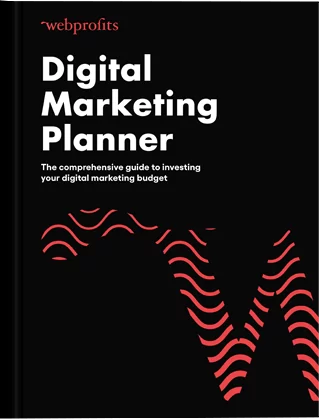
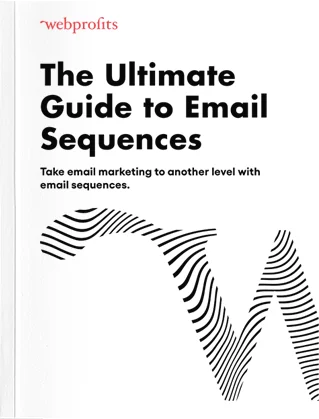
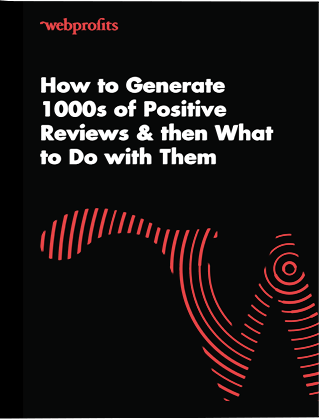
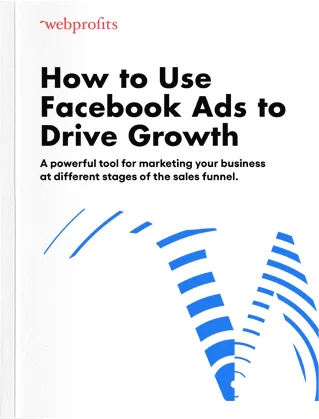

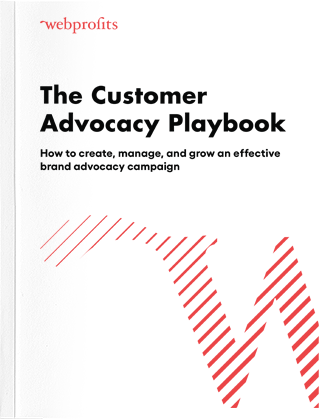


Leave a comment